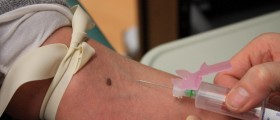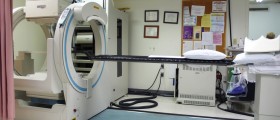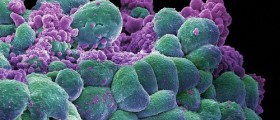
Breast cancer is a very common type of cancer in women. According to the statistics one of every nine women will suffer from this cancer. However, detection in early stages ensures greater survival rates and some researchers found out that 97% of all patients diagnosed with breast cancer in early phase survive for more than 5 years.
Breast cancer causes
The cause of this disease still remains unknown for doctors and scientists, but some factors have been known to increase the risk or protect the person from breast cancer. So far, doctors found out that age, sex, family history and genetic risk may contribute and raise the risk of this disease. Radiological examinations in early age, obesity, consumption of alcoholic drinks, normal substitution therapy and biopsies are also known to expose the person to greater risk of breast cancer, as well as early menstruation, absence of birth and late first pregnancy and late menopause. On the other hand, balanced diet, regular physical exercise and nursing have been recognized as protection factors from this disease.
Breast Cancer Symptoms
Changing of the breasts in shape or size may suggest that the person has breast cancer. Wrinkles, depressions or redness of the skin on the breast could also lead to conclusion that this is breast cancer, as well as any pains or depressions in mammilla. If you or your doctors happen to find denser area in the breasts it might also be the sing of this disease. Axillary’s tumor mass or mass somewhere near or in the breast, especially if the mass itself is hard with irregular edges and doesn’t cause any pain may be the cause for concern, also. Patients suffering from breast cancer may also notice secretion from the breasts which is not breast milk.
How to Detect Breast Cancer?
Auto-examination of the breast is one way to detect any changes on your breasts in early stages and thus extremely important. Doctors advise performing the test some 10 days after your menstruation. Women who don’t have regular period should exam their breasts on the same date every month, in order to notice any changes. If you still don’t know how to examine the breasts for yourself, consult your doctor or research on-line and find auto-examination techniques.
Some patients may detect malignant changes of the breast during mammography. This procedure is recommended annually for women over 40 years of age while all other women should consult their doctor whether there is a reason to perform mammography or not. Younger women may also be diagnosed with pathological changes in the breasts during their regular clinical exams (once in every three years).




_f_280x120.jpg)












Your thoughts on this
Loading...